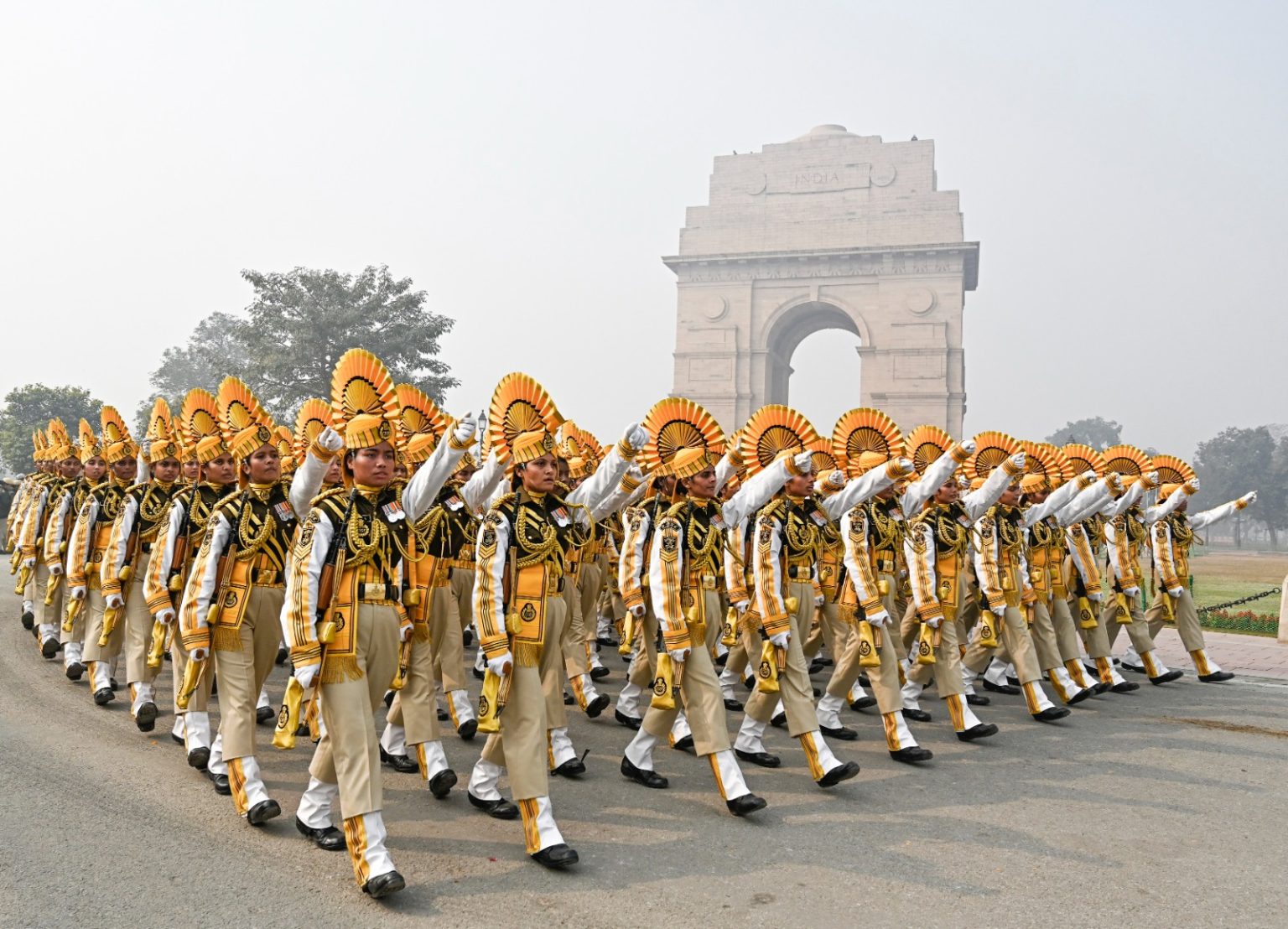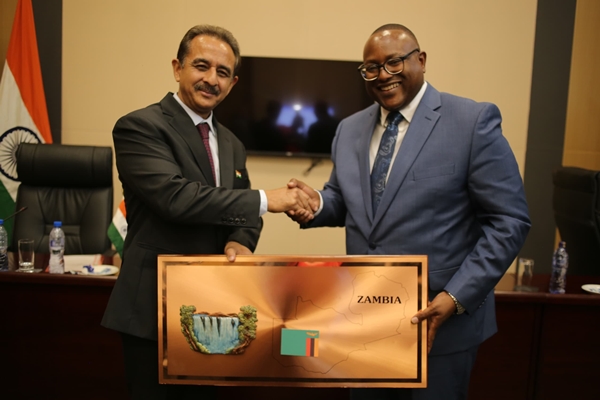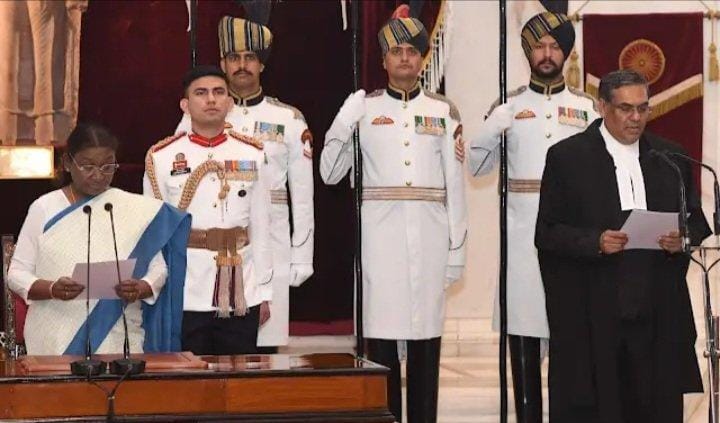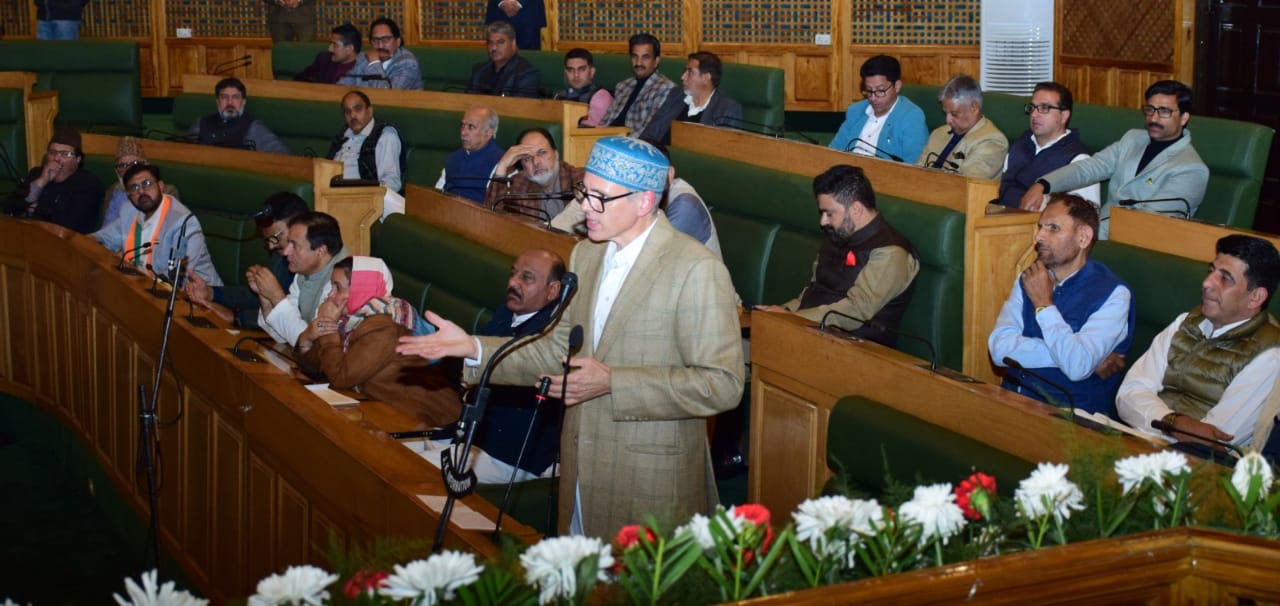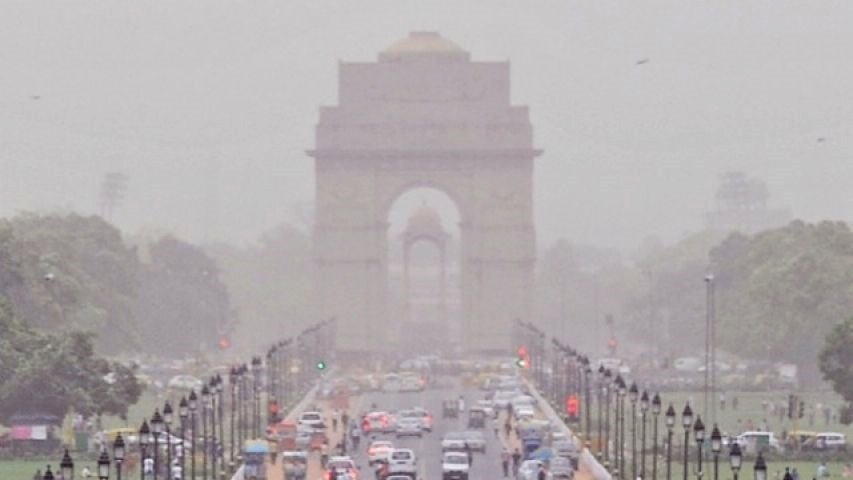India’s first deepwater transhipment port, Vizhinjam International Seaport welcomed its first mothership San Fernando, which reached from China, carrying over 2,000 containers. A ceremonial water salute was given to the ship.
A mothership is a giant water vessel that carries large containers and provides smaller vessels with a base. San Fernando is a 300-metre-long and 48-metre-wide ship.
About Vizhinjam International Seaport
- It is a deepwater transhipment port in Kerala, developed in a Public Private Partnership (PPP) mode. A deepwater transhipment port is a huge port where massive ships can be parked.
- With a natural depth above 18 meters, the port is quite suitable for large vessels.
- Vizhinjam International Seaport is located close to Thiruvananthapuram city and the international shipping routes. It can reduce the cost of shipping to key business locations such as Colombo, Singapore, and Dubai and fuel trade.
- This shipping capacity of the port is expected to generate thousands of jobs and propel the local economy.
Requirement for a Deepwater Transhipment Post
- Despite having several ports, India lacks adequate capacity to park huge vessels. This has compelled India to divert such ships to nearby ports such as Colombo, Singapore, and Klang Port, Malaysia, resulting in extra costs for containers and burning of forex reserves.
- Deepwater ports will help save costs while reducing the time for businesses to get their containers and load or unload containers.
Ports in India
- Along the 7,500 km long coastline, India has many major and minor ports. The major ports are managed by the central government under the Indian Ports Act of 1908 and the Major Port Trust Act of 1963, and minor ports are managed by the respective state governments.
- These ports are classified into three categories- industrial port, commercial port, and comprehensive port.
- Major ports on the western coast:
- Mumbai Port- It is the largest natural and busiest port in India.
- Kochi (Cochin) Port- It is the first transhipment terminal in India and serves as a shipbuilding centre as well.
- Kolkata Port- Officially known as Diamond Harbour, it’s India’s oldest, freshwater, and sole riverine major port.
- Kandla Port- Located on the Gulf of Kutch, it is a tidal port that helps reduce congestion at Mumbai Port.
- Mangalore Port- A deep-water port, it is a major hub for iron ore export.
- Mormugao Port- It is a natural harbour, situated on the estuary of the Juari River.
- Jawaharlal Nehru Port Trust (JNPT)- Also called Nhava Sheva Port, JNPT is an artificial port in the country.
- Vadhavan Port- This adds significantly to India’s container port capacity.
- Major ports on the eastern coast:
- Chennai Port- It is the second-largest and all-weather container port in India.
- Ennore Port (Kamarajar Port)- It is situated on the Coromandel Coast and is close to the Chennai Port.
- Paradip Port- It was the first major port established after independence at the junction of Mahanadi and the Gulf of Bengal.
- Tuticorin Port- A man-made harbour, it is known for pear fishing in the Gulf of Bengal.
- Visakhapatnam Port- It’s a natural harbour and India’s deepest port. It also has a shipbuilding and maintenance facility.
- Port Blair- It is strategically important due to its proximity to two vital international shipping lines– Saudi Arabia and the USA.


